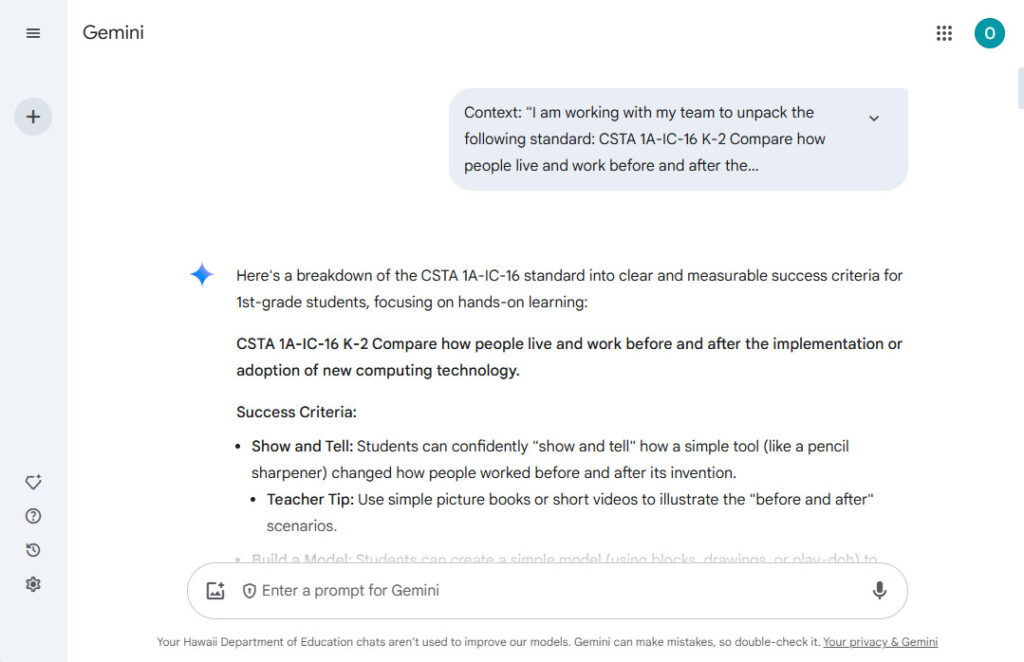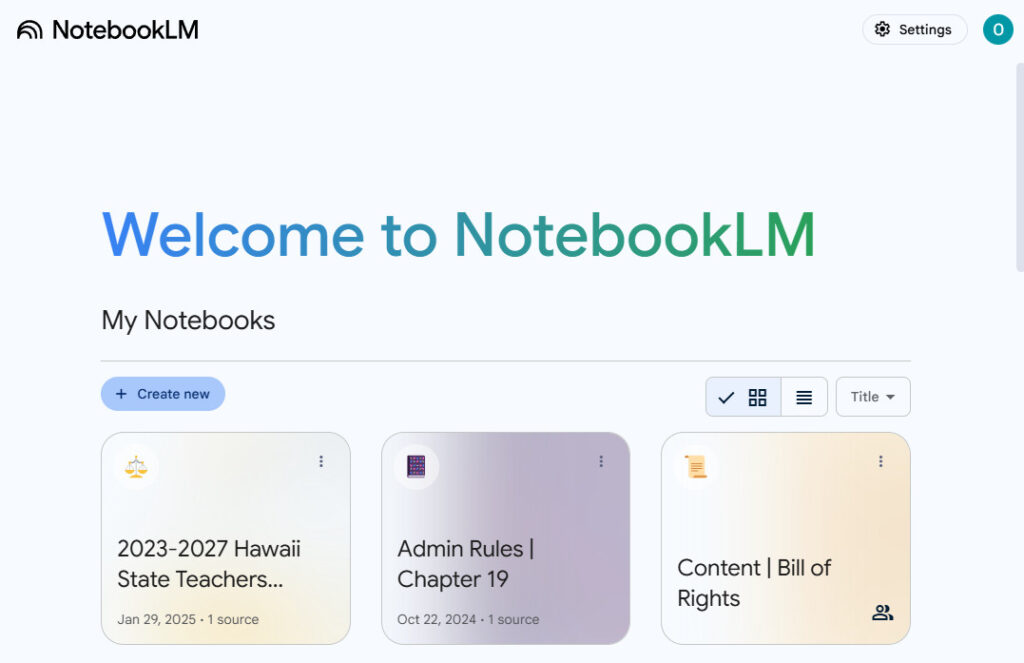The recent surge in popularity of generative AI such as Gemini and ChatGPT has brought these tools to the forefront of educational discussions. However, it’s important to understand that these programs represent a specific type of AI, not the entirety of the field. Generative AI focuses on creating human-like text, code, or other creative content. The broader field of AI encompasses a much wider range of technologies and approaches, all aimed at building intelligent systems capable of replicating human tasks.
“The term ‘artificial intelligence’ means a machine-based system that can, for a given set of human-defined objectives, make predictions, recommendations or decisions influencing real or virtual environments.” ~ NATIONAL ARTIFICIAL INTELLIGENCE ACT OF 2020
Different Types of Artificial Intelligence
Our daily lives are increasingly intertwined with Artificial Intelligence (AI), which comes in both standalone and integrated features.
Standalone AI programs are like specialized tools in a toolbox. They excel at specific tasks, like writing different creative text formats or creating fantastic images. These programs are independent and don’t require other software to function.
Integrated AI Features on the other hand, are like multi-tools. They’re built into existing software programs, seamlessly combining functionalities. This creates a smoother workflow where data can flow freely between different functions within the same program.
Essentially, AI, in all its forms, allows machines to learn, adapt, and perform tasks like humans, often more quickly and accurately. It’s a rapidly evolving technology that’s already a part of our everyday lives.
Reactive
Tools that respond to specific inputs or situations without learning from past experiences (e.g., Alexa, Roomba, chess-playing computer).
Predictive
Tools that analyze historical data and experiences to predict future events or behaviors (e.g., Netflix, credit-scoring systems).
Generative
Tools that generate new content or outputs, often creating something novel from learned patterns (e.g., ChatGPT, Stable Diffusion).
Artificial Intelligence (AI) Guidance
The Hawaii Department of Education is committed to fostering ethical and responsible AI use in education. We will continue collaborating with employees, policymakers, and technology developers to ensure AI empowers all employees and students to strengthens our educational system.
For Employees
Navigating the evolving landscape of AI in education requires a balanced approach. While its potential to enhance learning is undeniable, ethical considerations and responsible use are paramount. This document provides employees with a framework to harness AI’s power while mitigating potential risks. Together, we can foster an inclusive and equitable learning environment where technology empowers all students to thrive.
For Students
Artificial intelligence (AI) is rapidly changing how we learn and create. AI tools can be powerful resources for students, offering new ways to explore ideas, conduct research, and express creativity. Students may use digital programs, including AI tools, as learning resources, if they have a signed Technology Responsible Use Form (TRUF) and the program has been approved by the school. These guidelines are designed to help you use AI responsibly and ethically in your education.
HIDOE Provided AI Programs
The Hawai‘i State Department of Education is committed to providing our staff with cutting-edge tools and resources to enhance productivity and foster innovation. As part of this commitment, we are pleased to offer access to two powerful AI platforms developed by Google AI: Gemini and NotebookLM.
Gemini for Google Workspace
A large language model (LLM) developed by Google AI, trained on a massive dataset of text and code. It is designed for various tasks, including understanding and generating text, translating languages, writing different kinds of creative content, and answering your questions in an informative way.

Google NotebookLM
An AI-powered tool from Google AI that helps users work with documents more effectively. It can summarize factual topics, create stories, and answer questions based on uploaded source material.

